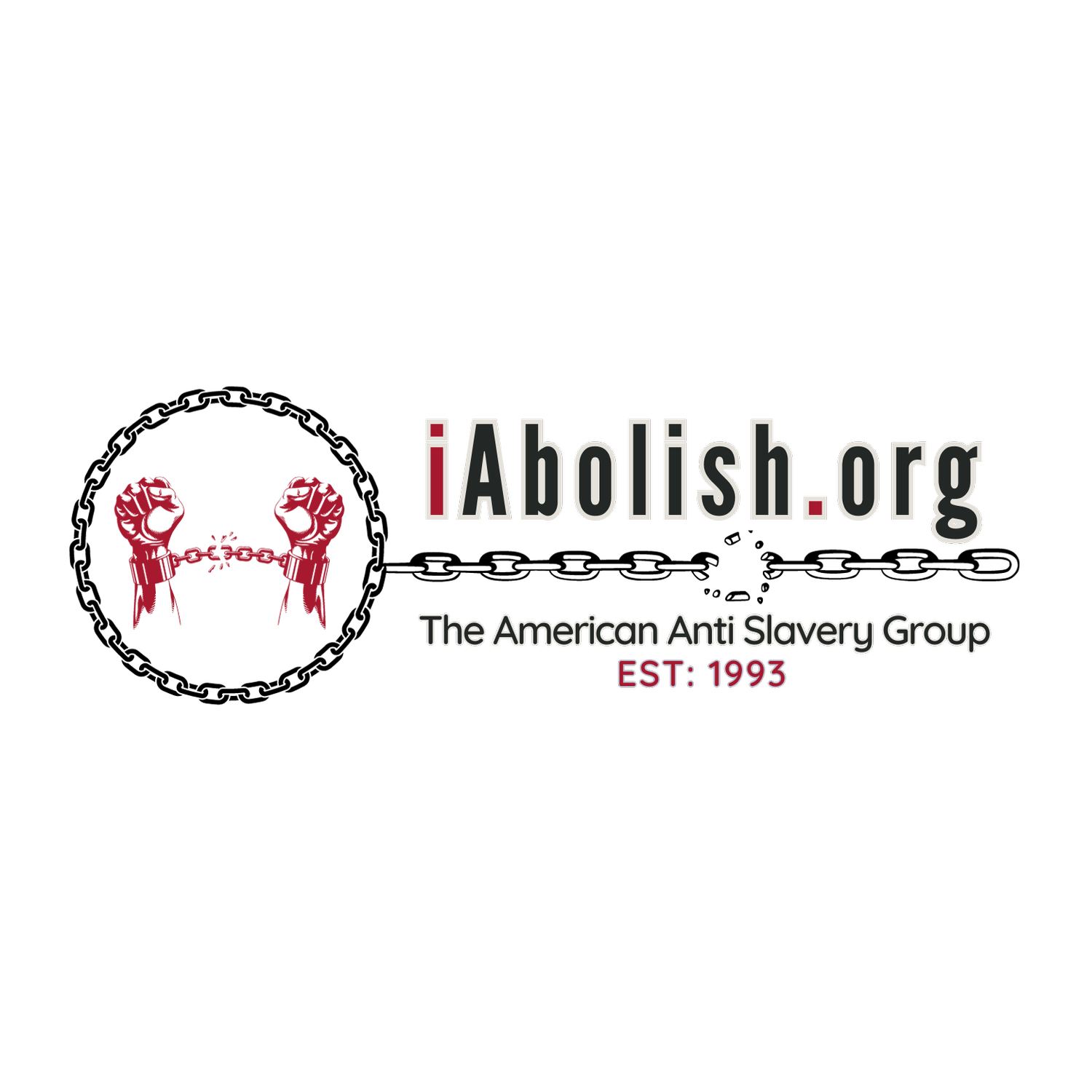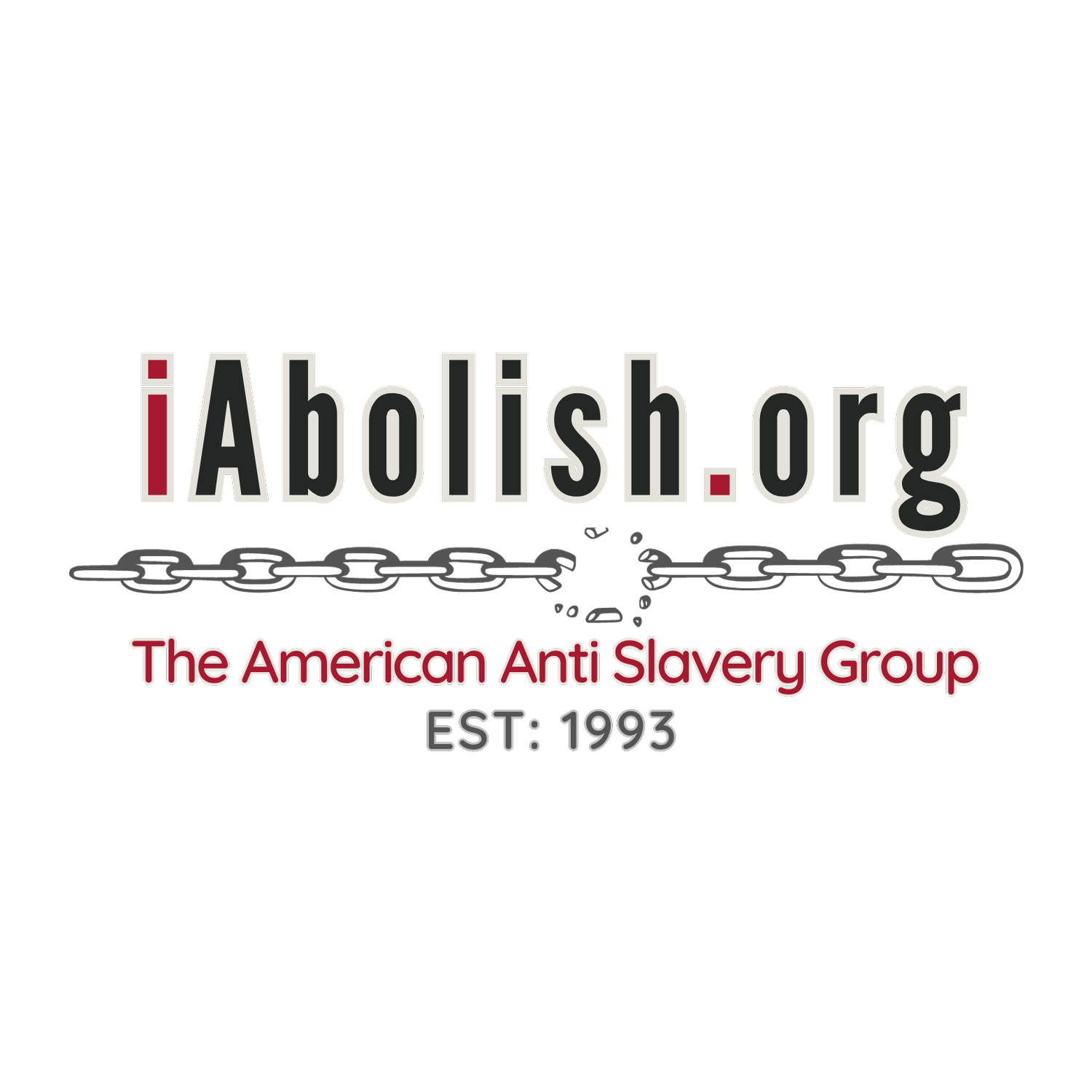
The American Anti-Slavery Group (AASG) was founded in 1993 with a mission to abolish modern-day slavery, and a focus primarily on widespread chattel slavery in North Africa and the Middle East.
In 1994, we broke the story of the modern-day enslavement in North Africa in The New York Times. The overwhelmingly positive response to that article propelled us to create an anti-slavery movement which:
Raised international awareness about the need for the elimination of modern-day slavery.
This is now widely accepted by human rights activists, who have created broad and varied movements to address all forms of slavery.
Helped redeem tens of thousands of black slaves in Sudan, and, through its campaigns, helped create the world’s newest nation: South Sudan.
Our efforts have centered on the following components:
Awareness
The first step in eradicating modern slavery is educating the public that it still exists. The AASG has built awareness through our publications, school curricula, conferences, and a Speakers’ Bureau consisting mainly of survivors of slavery.
Advocacy
We have advocated for the freedom of those degraded by slavery through government lobbying and online campaigns, which locate effective pressure points in corporations benefitting from slavery, governments which tolerate human bondage, and leaders who remain silent.
Activism
Through our website and writings we have built networks of activists around the world who are passionate about freedom. The AASG has led rallies, freedom marches, petitions, letter-writing campaigns, and partnerships with organizations which actually free slaves on the ground.
See the American Anti-Slavery Group in action.

